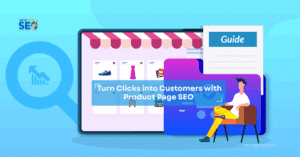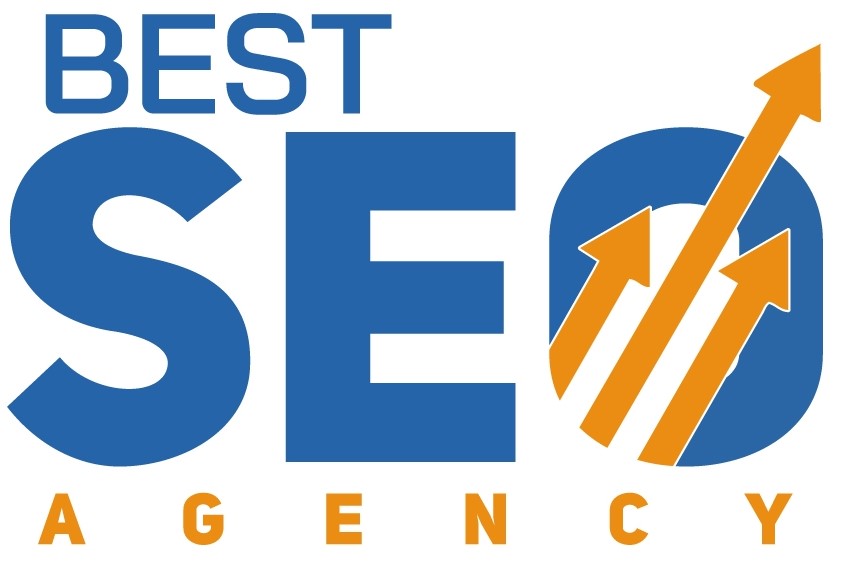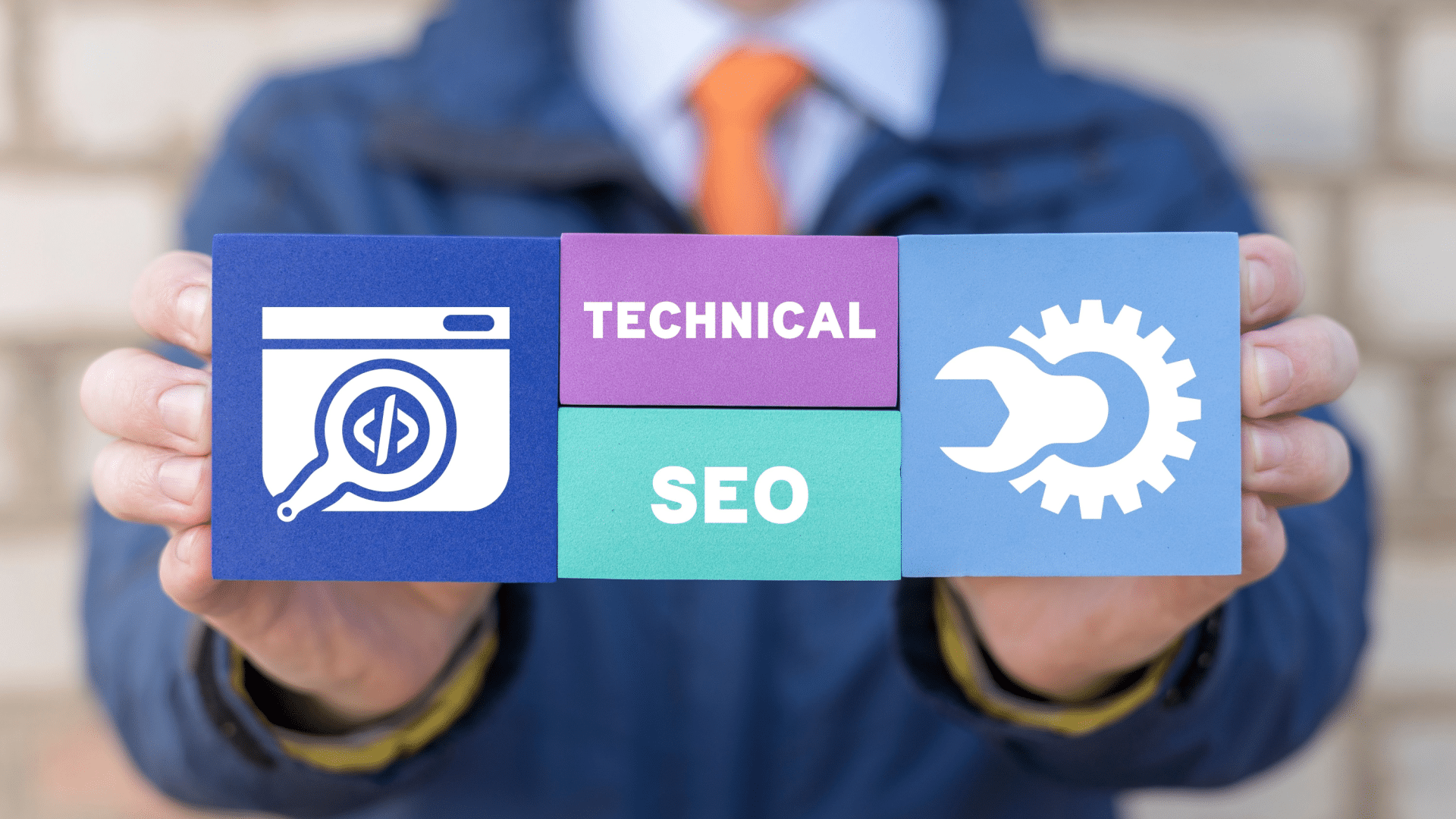
In today’s digital-first world, Ecommerce SEO isn’t just about ranking higher on Google — it’s about turning website visitors into paying customers. A well-optimized product page can mean the difference between abandoned carts and skyrocketing sales. With millions of online stores competing for attention, understanding how to optimize product pages for SEO and conversions is the key to long-term ecommerce success.
In this guide, we’ll break down proven SEO strategies, CRO techniques, and digital marketing integrations that will help your product pages rank higher, attract the right audience, and boost your ecommerce conversion rate.
Why Ecommerce SEO Matters for Sales
Many ecommerce businesses focus on paid ads like Google Ads or Facebook Ads, but relying only on paid traffic is expensive. SEO, on the other hand, provides sustainable, organic growth.
Key benefits of Ecommerce SEO:
- Increase Visibility: Optimized product pages rank for relevant search queries.
- Higher Conversion Rate: SEO efforts align with user intent and drive qualified traffic.
- Lower Marketing Cost: Unlike paid ad campaigns, SEO continues to generate traffic long-term.
- Build Trust & Credibility: A high-ranking website signals authority in your niche.
Simply put: SEO turns search engine visitors into customers.
Understanding Search Intent for Product Pages
One of the most overlooked aspects of Ecommerce SEO is properly identifying and targeting search intent. Search engines like Google are designed to match user queries with the most relevant content. If your product pages don’t align with what potential customers are searching for, you’ll see higher bounce rates, fewer conversions, and wasted SEO efforts.
There are three main types of search intent:
1. Informational Search
These are users looking for knowledge or guidance before making a purchase.
- Example: “Best running shoes for men”
- Goal: To learn more, compare options, and gather information.
- SEO Tip: Use content marketing (blogs, buying guides, FAQs) to target these queries and introduce your brand as an authority.
2. Navigational Search
Here, users already know the brand or product they want but need the right source.
- Example: “Nike Air Zoom Pegasus 2025”
- Goal: To find a specific brand or website.
- SEO Tip: Ensure your brand and product pages are optimized with structured data, meta titles, and internal linking so that your website appears for branded searches instead of losing customers to competitors.
3. Transactional Search
These are high-value, bottom-of-the-funnel searches where users are ready to purchase.
- Example: “Buy Nike Air Zoom Pegasus online”
- Goal: To make an immediate purchase or complete a conversion goal.
- SEO Tip: Optimize product pages with strong CTAs, reviews, pricing, and CRO strategy to maximize conversions. This is where most ecommerce sales happen.
On-Page SEO for Product Pages
Strong on-page SEO is the foundation of higher landing page conversion rates. Here’s what to focus on:
1. Optimize Titles & Meta Descriptions
- Include primary keywords like “Buy [Product Name] Online”
- Add power words (Free Shipping, Discount, Limited Stock)
- Keep titles under 60 characters and descriptions under 160
2. Product Descriptions with Keywords
- Avoid duplicate manufacturer descriptions
- Write unique, keyword-rich content that highlights features, benefits, and conversion goals
- Use long-tail keywords like ecommerce conversion rate optimization for [product type]
3. High-Quality Images & Alt Text
- Use multiple product images
- Optimize with descriptive alt tags (good for SEO + Google Shopping results)
- Reduce file size for faster loading
4. Structured Data Markup
- Implement schema for price, reviews, stock status
- Helps product listings appear in Google Shopping and rich snippets
Conversion Rate Optimization (CRO Strategy)
Optimizing for traffic is useless if your conversion rate benchmark remains low. Focus on CRO strategy:
- Add clear CTAs (Buy Now, Add to Cart, Get Yours Today)
- Use A/B testing for landing page optimization
- Display trust signals (SSL, secure payment badges, reviews)
- Reduce bounce rate with clear navigation and fast-loading pages
- Offer personalized recommendations for higher conversion rates
Read more: What Is a Good SEO Conversion Rate?
Product Descriptions & Content Strategy
In Ecommerce SEO, product descriptions play a dual role — they not only help your pages rank in search engines but also directly influence whether a visitor becomes a potential customer. A well-written product description improves conversion rate optimization (CRO), reduces bounce rates, and guides users smoothly through the conversion funnel. Here’s how to optimize product content effectively:
1. Add Storytelling to Product Descriptions
Instead of writing generic features, craft descriptions that connect emotionally with buyers.
- Example: Instead of “Running shoes with cushioning,” write “Designed for marathon runners who need extra comfort during long-distance runs.”
- Why It Works: Storytelling highlights the benefits over just the features, making your product more relatable and persuasive. This helps achieve a higher conversion rate benchmark compared to average website conversion rates.
2. Use Content Marketing to Support Product Pages
Product descriptions alone are not enough. Supplement them with content such as:
- Buying guides → “How to Choose the Best Running Shoes for Beginners”
- Blogs → “Top 10 Running Shoes for 2025”
- FAQs → Address product-specific concerns to remove purchase hesitation
- Why It Works: These content types attract both informational and navigational search queries, funneling more qualified website visitors to your product pages, ultimately boosting lead conversion rate.
3. Answer Common Customer Questions in Descriptions
Unanswered questions often lead to a higher bounce rate and lower landing page conversion rate. Avoid this by including:
- Product dimensions, materials, care instructions
- Shipping and return details
- Compatibility or usage information
- Why It Works: This transparency builds trust and helps customers make faster decisions, leading to higher ecommerce conversion rates.
4. Target Long-Tail Keywords for Qualified Traffic
Long-tail keywords reflect strong transactional intent and drive more relevant traffic than generic keywords.
- Example: Instead of targeting “running shoes,” focus on “best lightweight running shoes for women marathon 2025.”
- Why It Works: These queries capture buyers who are closer to conversion, lowering acquisition costs and delivering a better conversion rate optimization (CRO) outcome.
Technical SEO for Ecommerce
Without solid technical SEO, even the best content won’t rank.
- Page Speed: Use Google PageSpeed Insights to optimize loading time.
- Mobile-First Design: Over 70% of ecommerce traffic comes from mobile users.
- Crawlability: Fix broken links and ensure clean internal linking.
- HTTPS Security: Essential for trust and SEO ranking.
Read More: Technical SEO Matters for Your Website’s Success
Leveraging Google Shopping & Google Ads
SEO + Paid Ads = Maximum reach.
- Use SEO-optimized product data for Google Shopping campaigns
- Combine SEO strategy with Google Ads for omnichannel marketing
- Target remarketing campaigns with Facebook Ads for visitors who didn’t convert
Social Media & Ecommerce SEO Synergy
Social media isn’t a direct ranking factor, but it drives brand awareness and conversions.
- Promote product pages on Facebook, Instagram, LinkedIn, TikTok
- Use influencer marketing to increase traffic sources
- Encourage user-generated content like reviews and unboxing videos
- Add social proof to improve lead conversion rate
Tracking Success with SEO Tools
To measure your SEO efforts, track performance with the right tools:
- Google Analytics: Track website visitors, conversion funnels, traffic sources
- Google Search Console: Monitor keyword rankings and crawl errors
- Looker Studio (Google Data Studio): Build client-friendly SEO reporting dashboards
- SEO Tools (Ahrefs, SEMrush, Moz): Track backlinks and rank tracking
Conversion tracking ensures you know which marketing campaigns deliver ROI.
1. Using Duplicate Manufacturer Descriptions
Copy-pasting product descriptions from manufacturers hurts rankings. Search engines see it as duplicate content, reducing your chances of ranking. Always write unique, keyword-rich descriptions.
2. Missing or Weak Meta Titles and Descriptions
Meta titles and descriptions are your product’s first impression on search engines. Weak or missing ones lower CTR (click-through rate). Optimize them with transactional keywords and compelling CTAs.
3. Ignoring Mobile-First Design
Most eCommerce traffic comes from mobile users. If your site isn’t mobile-friendly, it increases bounce rate and decreases conversion rate. Prioritize responsive design and fast loading speed.
4. Not Collecting Customer Reviews or Ratings
Reviews act as social proof and boost trust. They also generate user-generated content with fresh keywords, improving SEO. Encourage buyers to leave feedback.
5. Poor Internal Linking Structure
Without proper internal linking, search engines struggle to crawl your site. This weakens SEO authority distribution. Use strategic internal links to connect related products, categories, and blogs.
6. Ignoring Local SEO
If you have a physical store or target specific regions, neglecting Google Business Profile and Google Maps optimization is a huge mistake. Local SEO helps capture ready-to-buy local customers.
Proven Strategies for Higher Conversions
- CRO Audits – Regular A/B testing for better landing page conversion rate.
- Content Alignment – Align SEO content with each stage of the conversion funnel.
- Social Proof – Use reviews, trust badges, and testimonials.
- Omnichannel Marketing – Combine SEO with Google Ads, Facebook Ads, and email marketing.
- Automated Tracking – Use Google Analytics & Looker Studio for conversion tracking.
FAQ: E-commerce SEO & Conversion Rate
Q1: What is a good e-commerce conversion rate?
The average ecommerce conversion rate benchmark typically ranges from 2–4%, depending on the industry and target audience. However, businesses that implement effective SEO, conversion rate optimization (CRO), and content marketing strategies can achieve higher conversion rates of 5–10%. Factors influencing conversion rate include landing page optimization, product page content, call-to-action placement, user experience, and mobile-first design. Monitoring these metrics helps e-commerce businesses identify areas for improvement and increase lead conversion rate or sales from organic traffic.
Q2: How does bounce rate affect conversions?
A high bounce rate occurs when visitors leave a website without interacting, often signaling that the content doesn’t meet user intent or the site experience is poor. For e-commerce sites, this can significantly reduce your website conversion rate. Key ways to reduce bounce rate and improve conversions include:
- Optimizing landing pages for speed, mobile responsiveness, and intuitive navigation.
- Improving call-to-action (CTA) clarity to guide visitors toward purchase or lead forms.
- Ensuring product descriptions, images, and reviews match the search intent and user expectations.
Reducing bounce rates not only enhances user satisfaction but also signals to search engines that your pages are relevant, supporting SEO success.
Q3: Can SEO alone drive e-commerce sales?
While SEO drives organic traffic by improving search engine visibility, relying solely on SEO may limit sales potential. Combining SEO with content marketing, social media marketing, email marketing, and paid campaigns like Google Ads or Facebook Ads creates a holistic marketing approach. This omnichannel strategy ensures that potential customers interact with your brand across multiple touchpoints, improving engagement, building trust, and ultimately increasing conversion rates.
Q4: What SEO tools should e-commerce businesses use?
E-commerce businesses need reliable SEO tools to track performance, identify opportunities, and make data-driven decisions. Essential tools include:
- Google Analytics – Monitor website traffic, user behavior, and conversion goals.
- Google Search Console – Track keyword rankings, indexing issues, and SEO errors.
- Looker Studio (Google Data Studio) – Create automated, visual SEO dashboards for real-time performance reporting.
- SEMrush – Analyze competitor strategies, backlinks, and keyword opportunities.
- Ahrefs – Conduct site audits, track keyword rankings, and monitor backlink profiles.
Leveraging these tools allows businesses to track conversion funnels, marketing channels, traffic sources, and optimize their CRO strategy efficiently.
Q5: Why hire an e-commerce SEO agency?
Hiring a professional e-commerce SEO agency ensures that your website benefits from specialized expertise in technical SEO, conversion rate optimization, content marketing, and reporting tools. Agencies help businesses:
- Implement landing page optimization for higher conversions.
- Align SEO strategy with business goals and user intent.
- Perform ongoing SEO audits and performance tracking to ensure continuous improvement.
- Integrate CRO strategies, email marketing, and social media campaigns to maximize ROI.
By partnering with an SEO agency, e-commerce businesses save time, avoid common SEO mistakes, and achieve consistent SEO success and long-term growth.
Conclusion
E-commerce SEO isn’t just about ranking higher—it’s about converting traffic into customers. By optimizing product pages with on-page SEO, CRO strategy, content marketing, technical SEO, and conversion tracking, startups and enterprises alike can achieve a higher ecommerce conversion rate and maximize revenue.
If you’re serious about growing your online store, investing in professional SEO services and leveraging the right SEO tools can make all the difference between average results and long-term ecommerce success.


